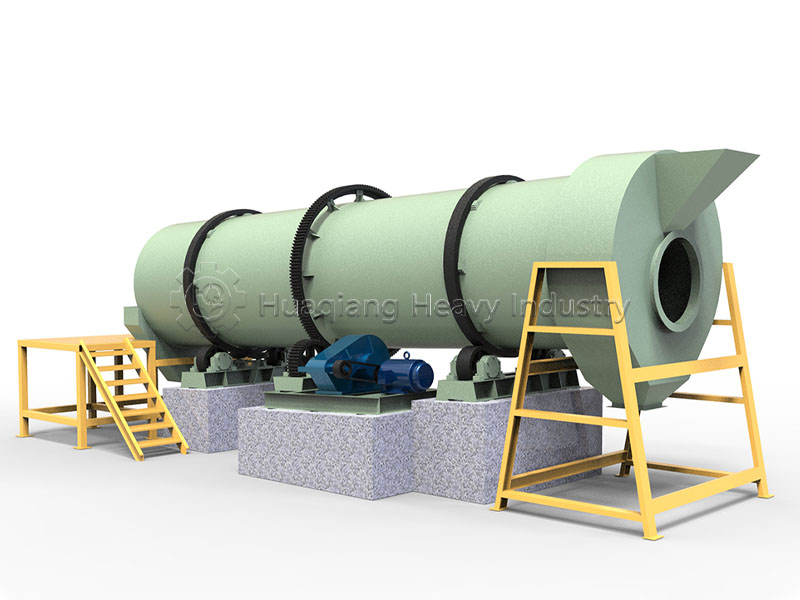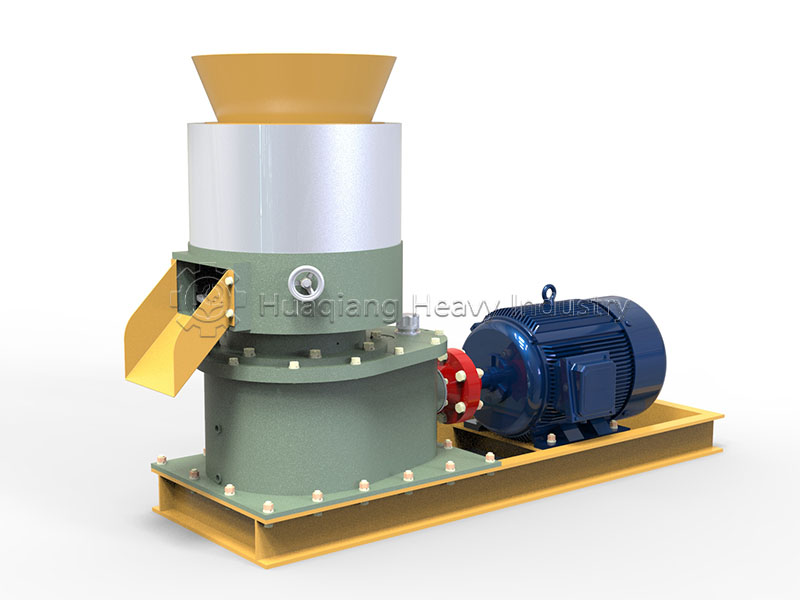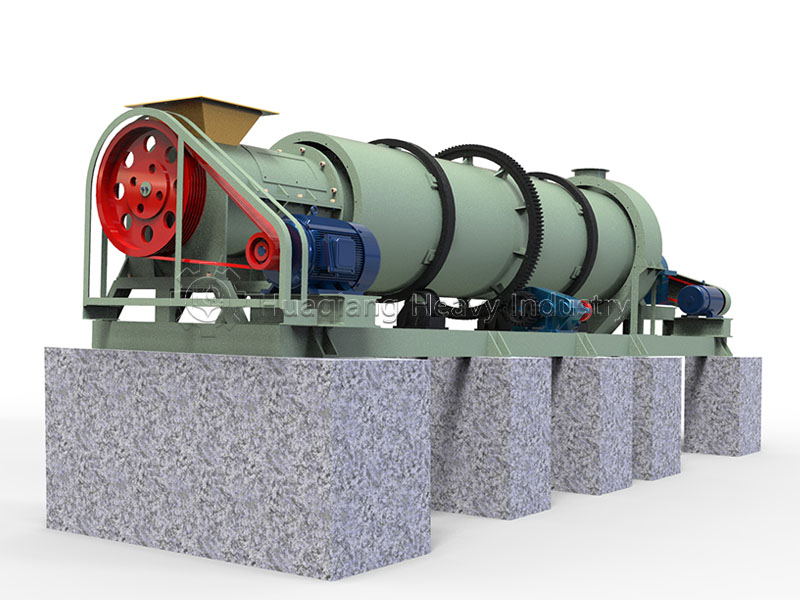Rotary drum granulator: The core art of large-scale fertilizer production
In modern fertilizer granulation workshops, the rotary drum granulator stands out with its unique operating method. Through continuous tumbling and enveloping, it transforms fine powder materials into uniform and firm granules.
This slowly rotating behemoth is a typical representative of large-scale production. Its internal structure is simple and efficient; the material rises and falls continuously under the rotation of the drum, forming an ideal granulation motion.
Compared to other granulation technologies, rotary drum granulation exhibits unique advantages. Compared to the dense granules directly formed by fertilizer compaction machines through molds, granules produced by rotary drums are typically more rounded and regular. Unlike the high-density granules formed by ring die pelleting machines under mold constraints, the granules produced by rotary drum granulation often have a more porous structure. And compared to the flexibility of flat die pelleting machines suitable for small to medium production volumes, rotary drum granulators demonstrate irreplaceable value in large-scale continuous production.

This granulation method is particularly suitable for the production of bulk fertilizer products. From compound fertilizers to organic-inorganic blended fertilizers, rotary drum granulators can process materials with various formulations, adapting to different production requirements. Their excellent granulation properties and high production capacity make them the preferred equipment for many fertilizer companies.
In today’s pursuit of sustainable agricultural development, rotary drum granulation technology continues to play a vital role. It not only improves the physical properties of fertilizer products but also provides reliable equipment support for precision fertilization and efficient agriculture.




